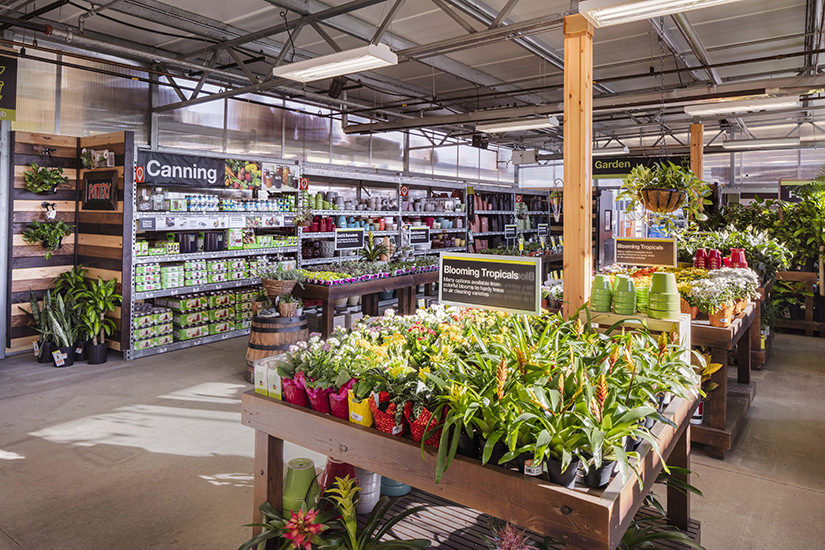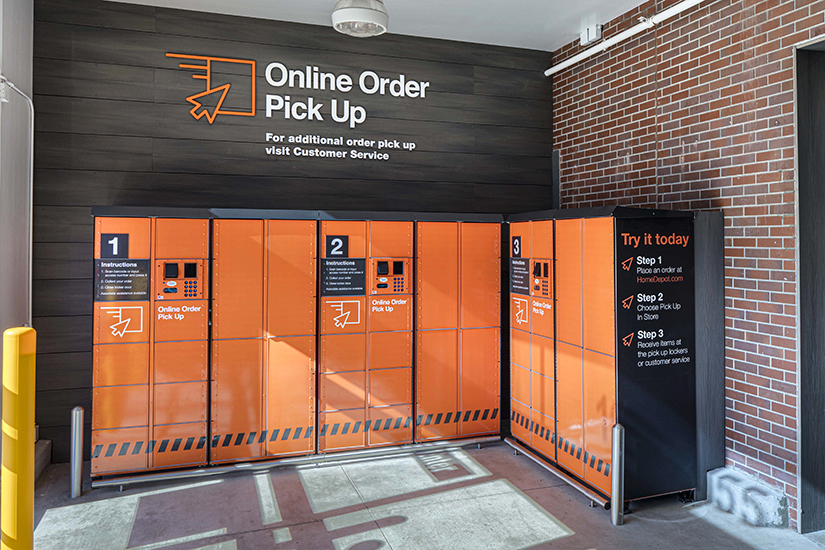|
Getting your Trinity Audio player ready...
|
A big clue in understanding how Sarmistha Boal approaches design for iconic big picture thinking at the Home Depot’s chain of home improvement stores is one principle she seems to live by: question everything.

For an outsider, the Home Depot’s design—the simple shelving, bright orange signs, and wide aisles—might seem identical from store to store. How hard could it be to design a warehouse? And when Boal first went to the Savannah College of Art and Design in 1990, she thought she would follow in other designers’ or artists’ footsteps, including those of her own family members, who are revered as artists in her native country of India. Retailing was foreign and unheard of.
But individual Home Depot stores need more from a design perspective than meets the eye. “There are no two stores alike, as the building is dictated by the topography it sits on,” says Boal, the company’s director of environmental design. Joining Depot when the founders were still at the helm supplied her with the opportunity to explore formats beyond Home Depot. Former business units such as Expo Design Centers, HD Floor Stores, CTI service stores, HD Fuel, Yardbirds, the Home Depot Super Stores, Small Market stores—as well as operating in countries like China, Canada, and Mexico—all offered unique and invigorating design opportunities.
The Home Depot is a business that relies heavily on its customers interactions within the store’s space. Convenience and service is everything when it comes to category adjacencies, space optimization, the visuals, the graphics, and the width of the aisles. All of these aspects are aimed at maximizing customers’ in-store experience.
Whether it’s designing new a kitchen showroom or figuring out how to maximize space on an atypical Manhattan property, Boal’s team operates like a Swiss Army knife of design and engineering. “My nimble team is made of professionals, each complementing the other,” she says.

First, Boal takes as much information as she can get about a store demographics and its clientele from real estate. A store in Manhattan will need to have efficient delivery, while one in Colorado might be able to take advantage of its elevation in its facade. Boal gathers everything about the store: its merchandising ideology, labor model, customers (pros or DIY-ers), and sister-store learnings. Then the design process becomes about inspiration and decreasing footsteps while maximizing square footage.
“Sarmistha has made an unprecedented set of contributions to the design look and feel of Home Depot since the very beginning years of the business. Yet her greatest legacy may well be more about the team she has built and the rapid, agile ways of working they have established,” notes Michael Deimler, managing director and senior partner of the Boston Consulting Group, and a partner of Boal’s. “Sarmistha and her team have a way of balancing the creative design process with the functional needs of customers and associates, alongside the inevitable budgetary constraints that also come with design and build. Indeed, she and her team use these constraints as one source of ‘creative tension’ to get to the memorable design outcomes you see across Home Depot today.”
Boal’s appetite for success dates to her youth, when she eschewed expectations of receiving only enough education to be passable at a dinner party but not so much that it would distract from serving the needs of her husband and his family. Instead she convinced her husband—a marriage that was already considered a rebellion to her own family, as it was not the one arranged for her—to move to the US for a different kind of life.
Through a chance meeting upon her arrival, Boal linked up with Home Depot early in the company’s history and rose through the ranks to create an in-house design department. “I think I work because I like the independence of it,” Boal reflects now after 26 years at Home Depot. “I’m a very independent person. I always wanted to travel the world, to be successful in anything I do. And I absolutely love creating something from nothing.”

Boal and her lean team of designers and engineers travels the world to solve all manner of design problems. From exploring retailers and manufacturers to attending conventions, the team scours the world for inspiration and value.
During the COVID-19 pandemic Boal and her team redesigned stores and put in protective shields in thousands of stores seamlessly in a matter of a few weeks. This meant thinking and re-thinking processes in a week, pushing vendors, visiting factories to get the right products, and questioning everything until the team arrived on the right answer to be executed in three weeks.
“I got a chance to start a department from nothing,” Boal says of her early days at Home Depot. This gives her the confidence to help carry the company through even the most uncertain of times. The materials her team used to safeguard Home Depot during their COVID-19 response took the entire corporation to attain and are now offered online to consumers.
Boal relishes those victories, both personally and for the company. “You can tell I love my job—I do,” she says. “It is a fantastic company.”


